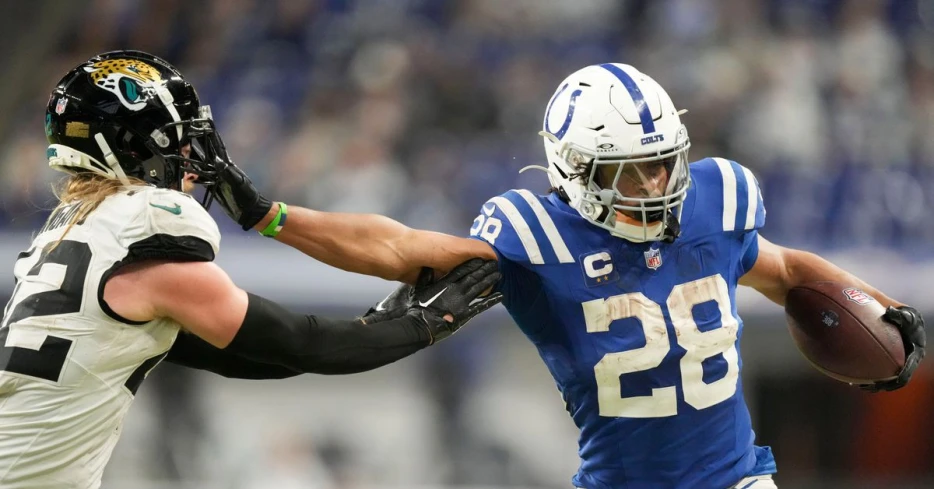
 Stampede Blue
Stampede Blue
A 2025 update in the multi year study of the running back wall
This is the third edition of this multi-year long look into the running back wall, which attempts to evaluate the magic number (of touches) where running backs decline after hitting it.
In the last update, we found the magic number to be around 3350 touches. Has it changed since then?
In the updated 2022 analysis, I reviewed 24 notable NFL running backs to identify when performance typically declines — what I referred to as “hitting the wall.” By measuring total career college touches and yards per touch, I found that most elite backs begin to decline around 3,334 touches (with a margin of ±600), and at an average age of 29.5 years old.
The analysis featured examples like Adrian Peterson and Frank Gore, who each saw clear performance dips within that expected range of usage and age. These cases supported the broader trend: regardless of talent level, physical wear tends to catch up with backs somewhere between their sixth and ninth NFL season, depending on workload.
Applying that framework to Jonathan Taylor at the time, I noted he had accumulated 1,631 touches between college and his first two NFL seasons. Based on projected usage (around 340 touches per year), Taylor appeared to have at least 5 more high-quality seasons ahead of him before hitting the wall. That led to the recommendation of a 4-year contract extension after his rookie deal, ideally locking him in through age 28 or 29 — right before the typical cliff.
This data-driven model remains a useful tool for anticipating when a back’s efficiency may start to drop.
Nothing has changed with the 24 players used in the original study, so let’s add another four players whose careers have declined or ended in the past 3-4 seasons or were excluded (for whatever reason) in the 2022 update: Ezekiel Elliott, Matt Forte, Melvin Gordon and Mark Ingram.
Like in the last version, we use the same metrics to measure/quantify quality of play.